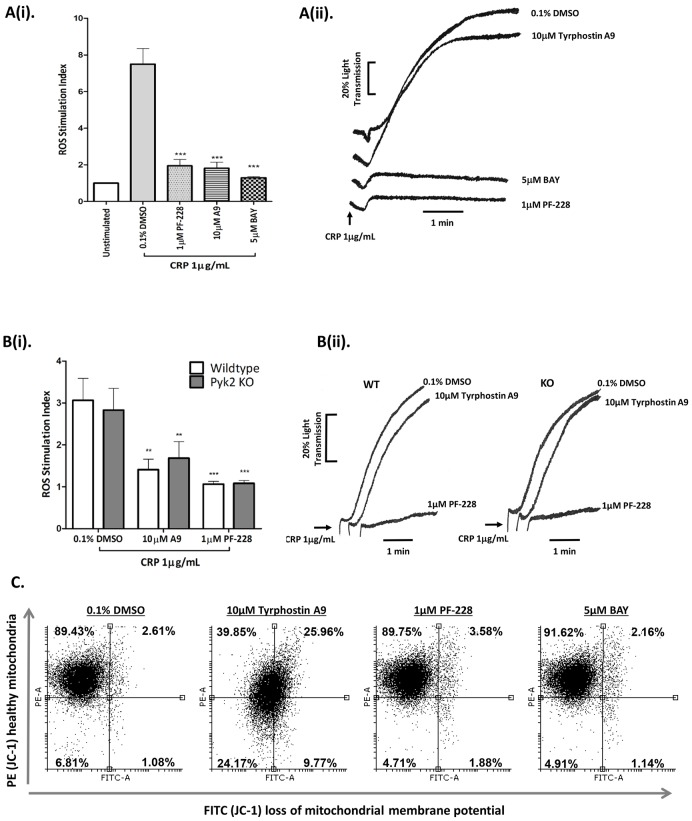Figure 1. FAK, but not Pyk2 is required for GPVI-mediated ROS generation and platelet aggregation. A.
Washed human platelets (2.5×108/mL) preloaded with 10 µM H2DCFDA (for ROS experiments only) were pre-treated with vehicle control (0.1% DMSO), FAK inhibitor (1 µM PF-228), Pyk2 inhibitor (10 µM Tyrphostin A9) or Syk inhibitor (5 µM BAY), then stimulated with 1 µg/mL CRP and monitored for ROS generation (i) and platelet aggregation (ii). Data are mean ± SEM (n = 6), ***P≤0.0001 vs. 0.1% DMSO. B. Similarly, washed platelets (2.5×108/mL) from wild type and Pyk2 knockout mice were pre-treated with 0.1% DMSO, 1 µM PF-228 or 10 µM Tyrphostin A9 and assessed for ROS generation (i) and platelet aggregation (ii) following stimulation with 1 µg/mL CRP. Data are mean ± SEM (n = 6), **P≤0.01, ***P≤0.001 vs. 0.1% v/v DMSO. Aggregation traces in A and B are representative of 6 and 4 independent experiments, respectively. C. To test for off-target inhibitor effects, washed platelets (2.5×108/mL) treated with vehicle control (0.1% DMSO), 10 µM Tyrphostin A9, 1 µM PF-228 or 5 µM BAY, were pre-loaded with the mitochondrial membrane-permeant JC-1 dye to monitor alterations in the membrane potential of the mitochondria. Changes in potential, which are based on a decrease in red (PE)/green (FITC) intensity ratios were quantified by flow cytometry. Results are representative of three independent experiments.

